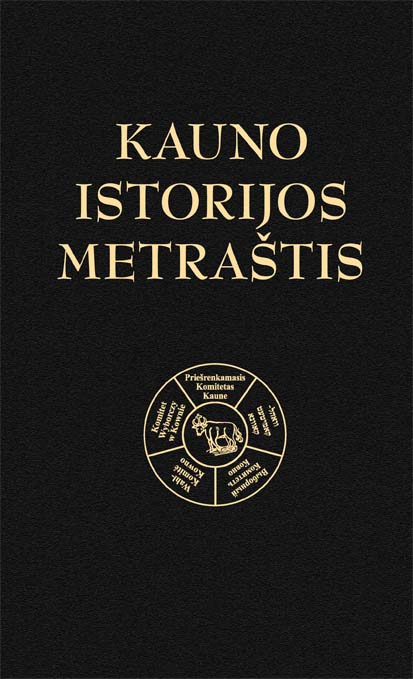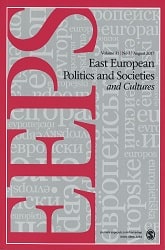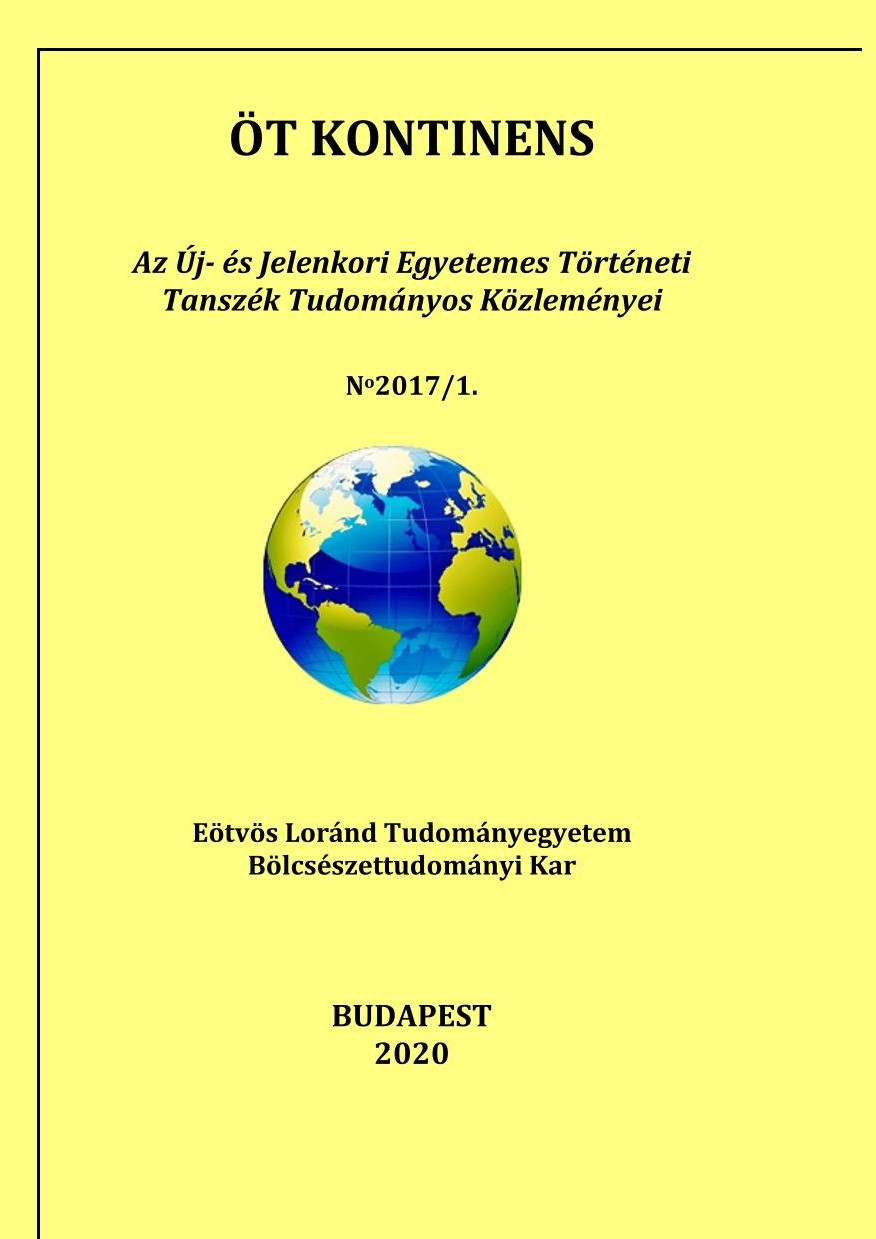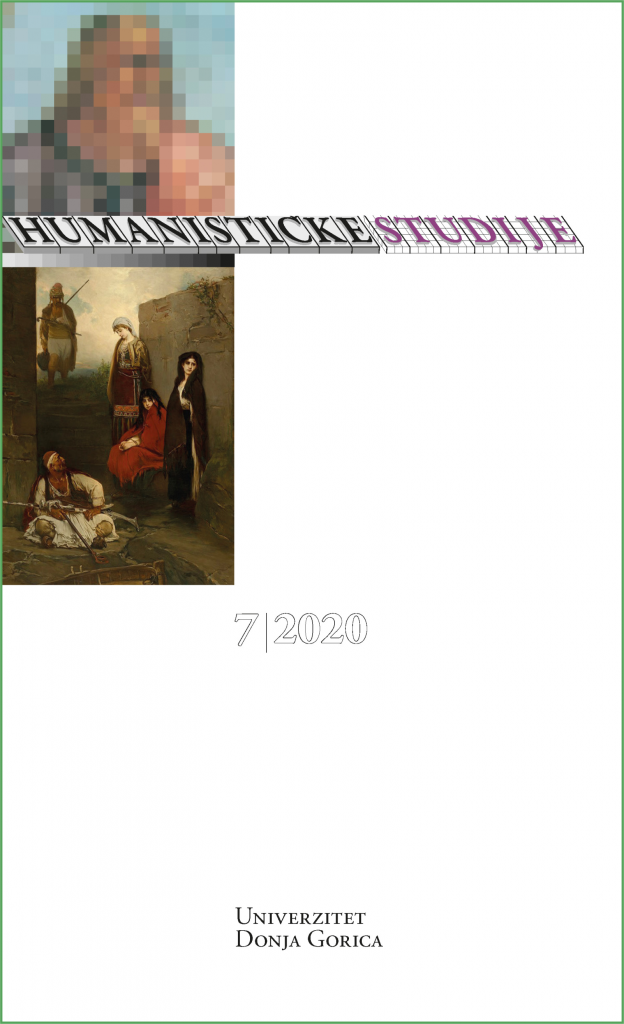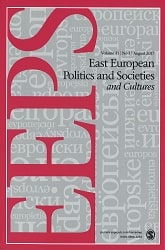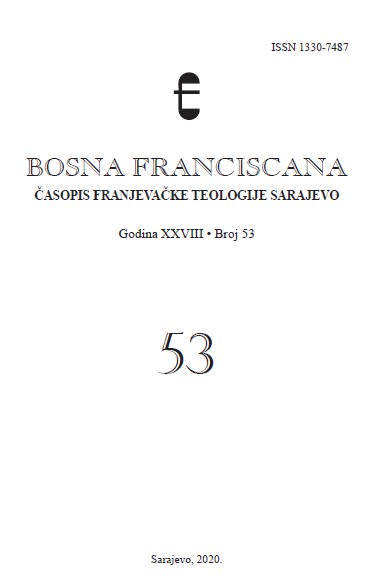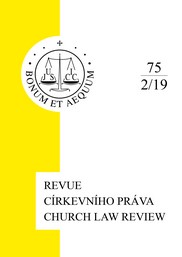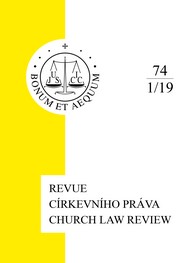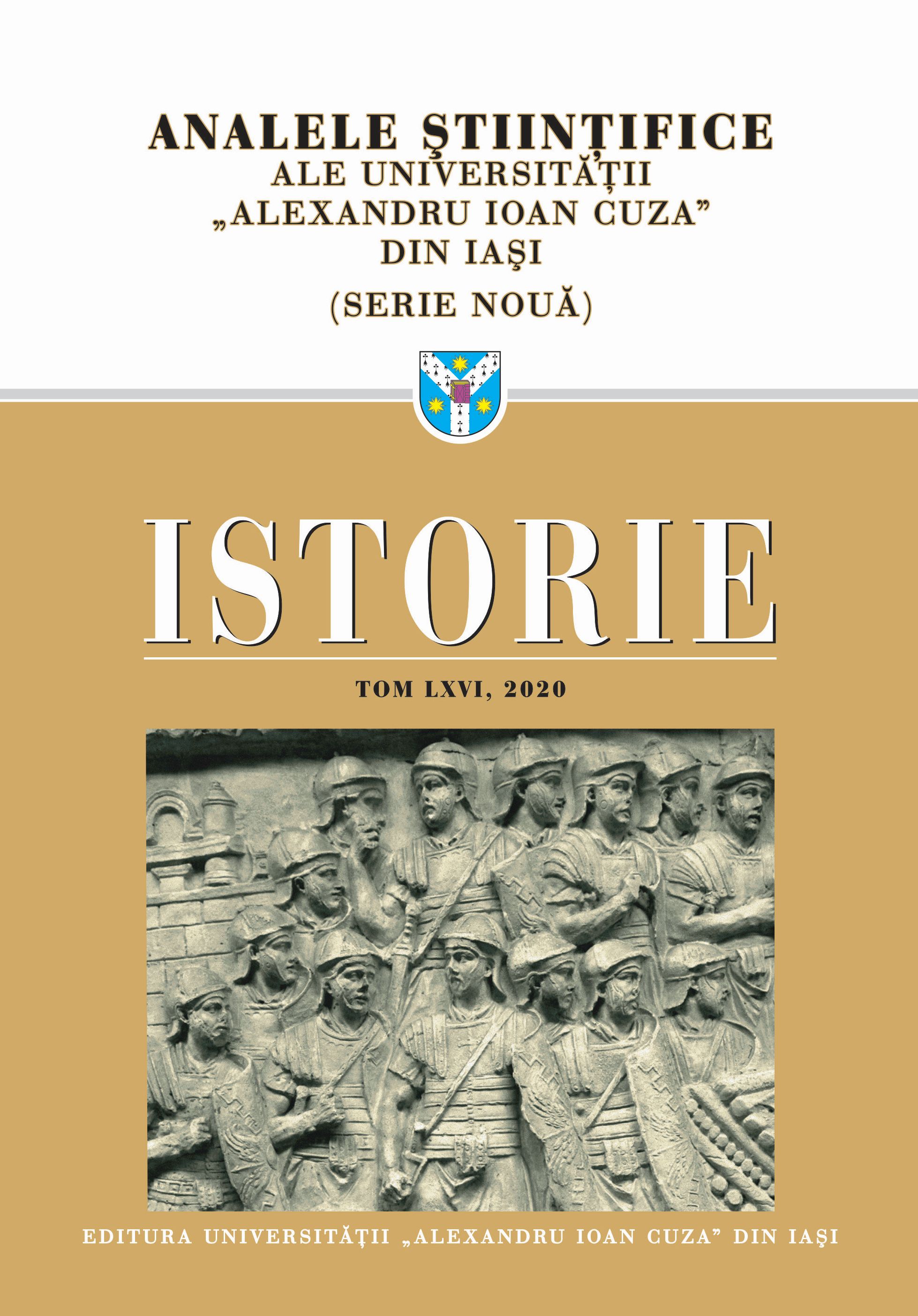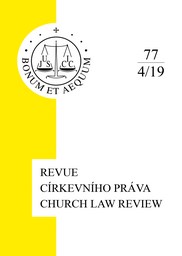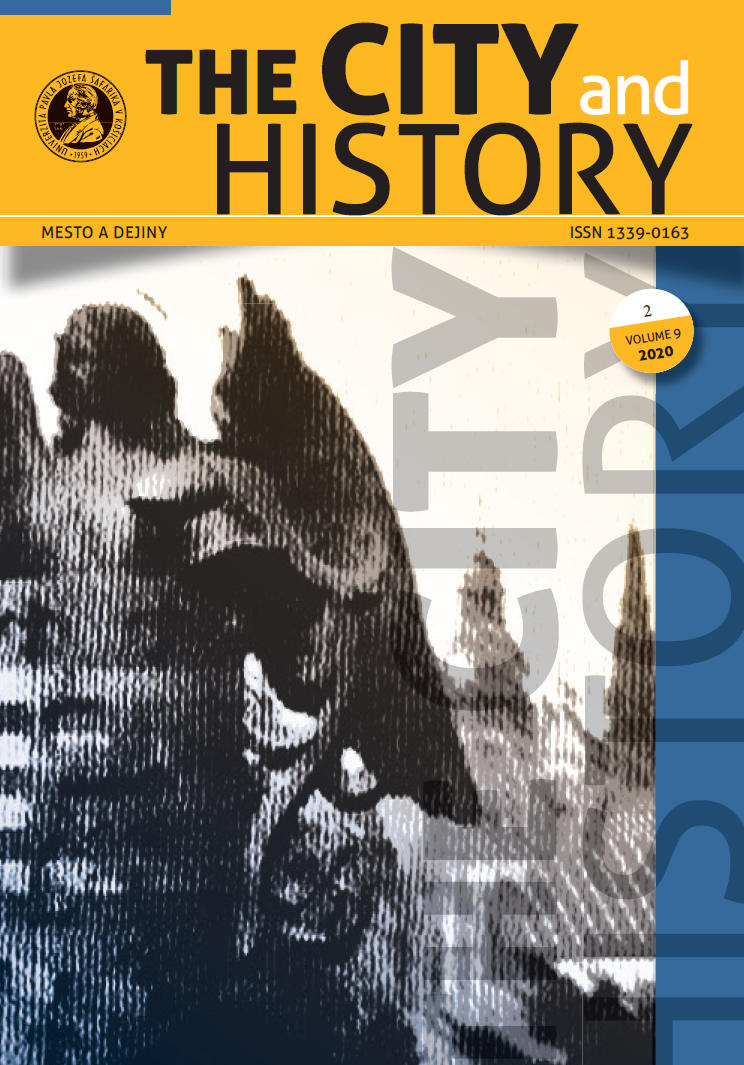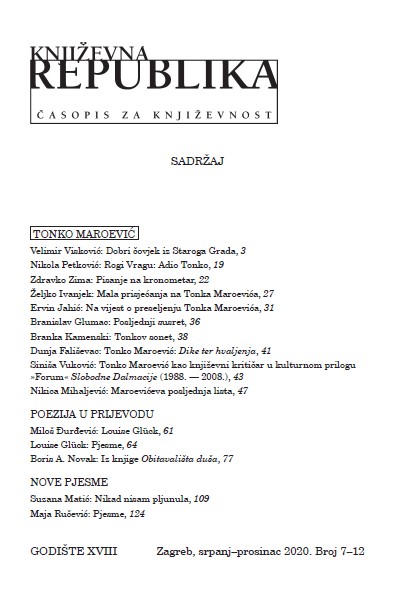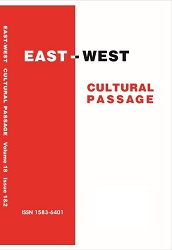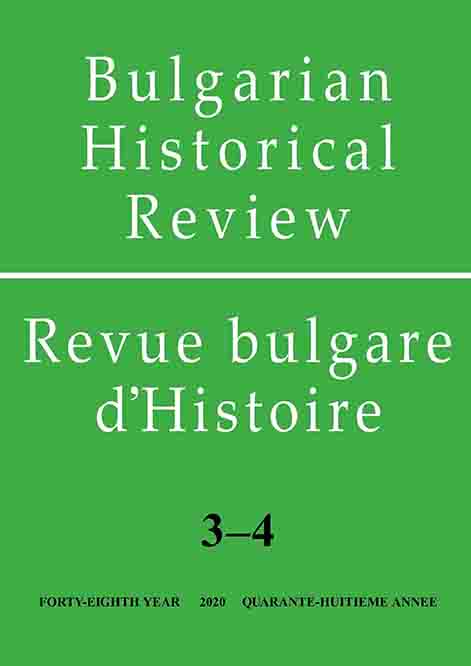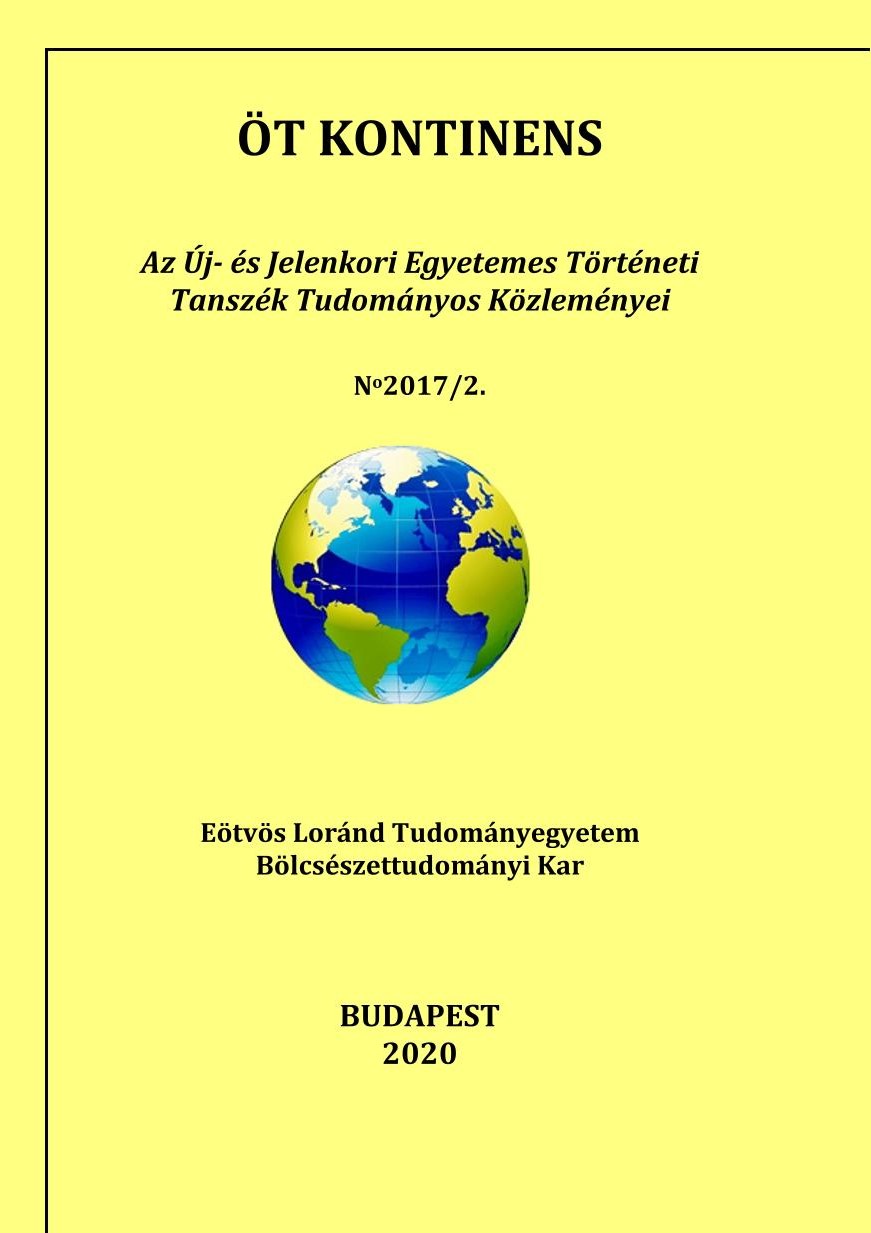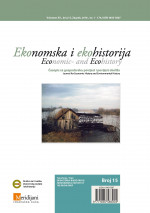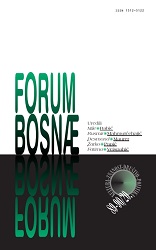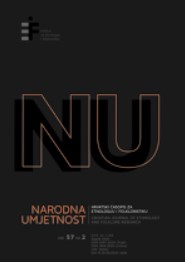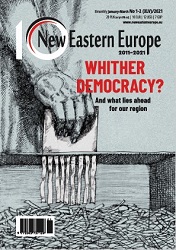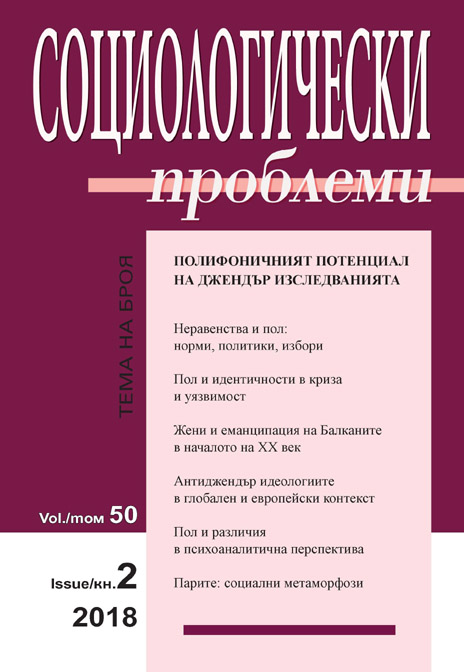
Little Entente of Women/Малката женска антанта и феминистките движения на Балканите през 20-те и 30-те години на ХХ век
While Southeastern European (SEE) women’s activism should not be judged against a Western yardstick, it developed in tandem with women’s movements in the West and was influenced by the global context and networks (such as the International Council of Women, the International Woman Suffrage Alliance, the Women’s International League for Peace and Freedom). The article deals with the entanglements (and tensions) between the Balkan women’s organizations and their leaders within the so-called Little Entente of Women, established in Rome in May 1923 by activists from Yugoslavia, Bulgaria, Romania, Greece, Poland and Czechoslovakia. Comparing the agendas and activities of the international, regional (such as the Little Entente of Women) and national organizations would help us reconstruct their “histoire croisée”, and start developing a trans-national perspective which is almost lacking in the women’s and gender history of SEE so far.
More...
